WASHINGTON, D.C. — A major overhaul of Metrobus routes across the region is off to a rocky start. As part of the Washington Metropolitan Area Transit Authority’s (WMATA) new “Better Bus Network,” bus routes were redesigned for the first time in 50 years. While the goal is improved efficiency and frequency, many riders say the new system is causing confusion, inconvenience, and longer travel times.
The First Major Redesign in Decades
The Better Bus Network, which went into effect on June 29, was developed after years of planning, public surveys, and data analysis. The project eliminated over 500 bus stops and renamed all existing routes, aiming to streamline service, reduce redundancy, and increase bus frequency on high-demand corridors.
WMATA says the redesign is focused on making bus service faster, more reliable, and more user-friendly.
However, the rollout has not been smooth for everyone.
Riders Want the Old System Back
Several Metrobus users shared their experiences with FOX 5, and the consensus among many is clear: they preferred the old routes.
“It’s a lot of buses missing,” said Fred Benjamin, frustrated by the apparent drop in service availability.
“It also has added 20 minutes to my route because of the new directions it takes,” said Cayla Michaels. “It’s just a very interesting experience.”
Another rider, Daniel Mestas, simply noted, “It’s not as convenient as it used to be.”
Michaels added that on the first day of the rollout, her driver didn’t even know the route—evidence, she says, that the system wasn’t ready.
Drivers Struggling to Adjust, Too
It’s not just passengers feeling the impact. Benjamin Lynn, spokesperson for ATU Local 689, which represents Metrobus operators, said bus drivers are also working hard to adjust.
“They’ve expressed frustration about not being able to help customers the way they used to. That’s just because they’re not familiar with the new routes yet,” Lynn said.
Signage and Stop Confusion
Adding to the difficulty has been incomplete or incorrect signage at some bus stops. WMATA admitted that nearly 2% of the system’s 8,500 stops — about 150 in total — had flagging issues or outdated signs that needed correction.
A WMATA spokesperson said the agency receives around 930 calls per day, with roughly 150 related to the new Better Bus Network. While that’s a relatively small percentage, it reflects the confusion felt by riders navigating the unfamiliar system.
WMATA’s Response and What’s Next
WMATA says they’re aware of the challenges and are working to update signage and replace old route maps at affected bus stops. They’ve also encouraged riders to call in and report any issues so adjustments can be made more quickly.
“We’re committed to improving the experience,” the agency said in a statement. “This is a major change, and we understand it will take time for riders and operators to adjust.”
While WMATA hopes the redesign will benefit riders in the long run, early feedback suggests many are skeptical. For now, patience may be required from both passengers and operators as the region adjusts to a brand-new transit landscape.

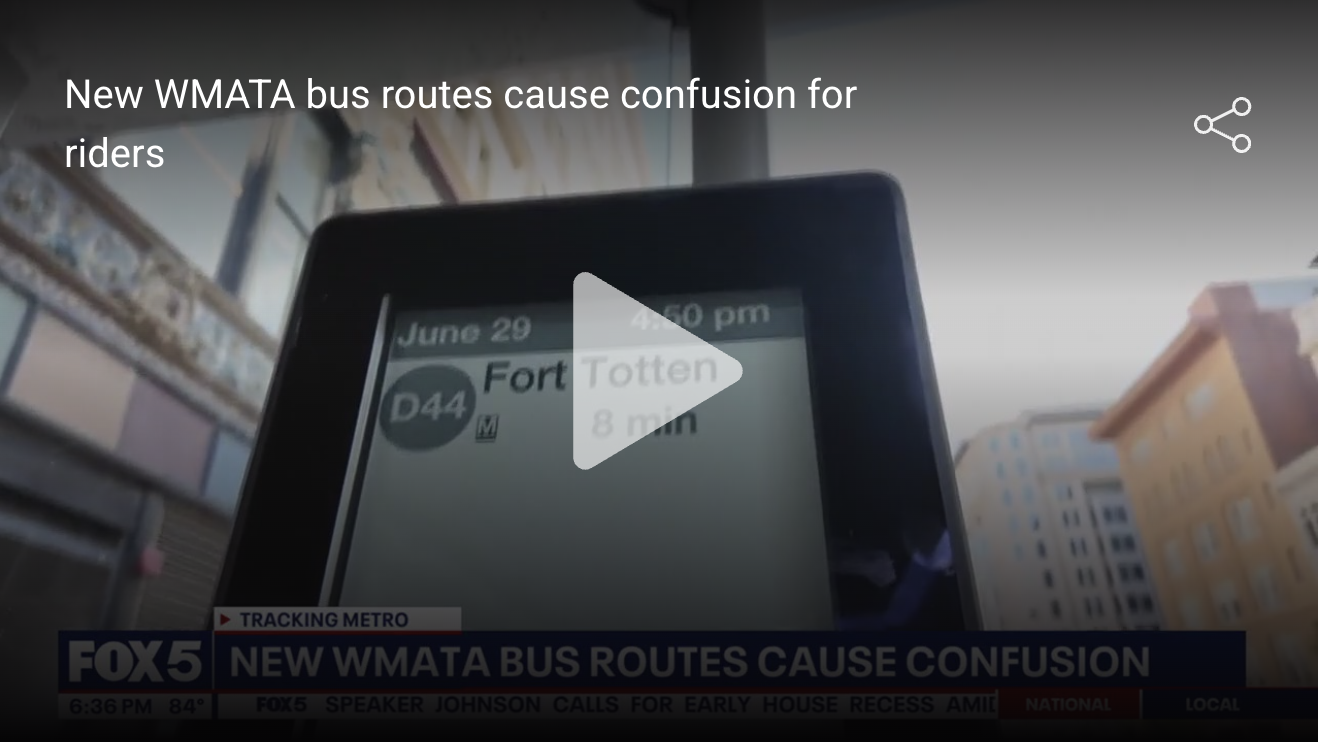

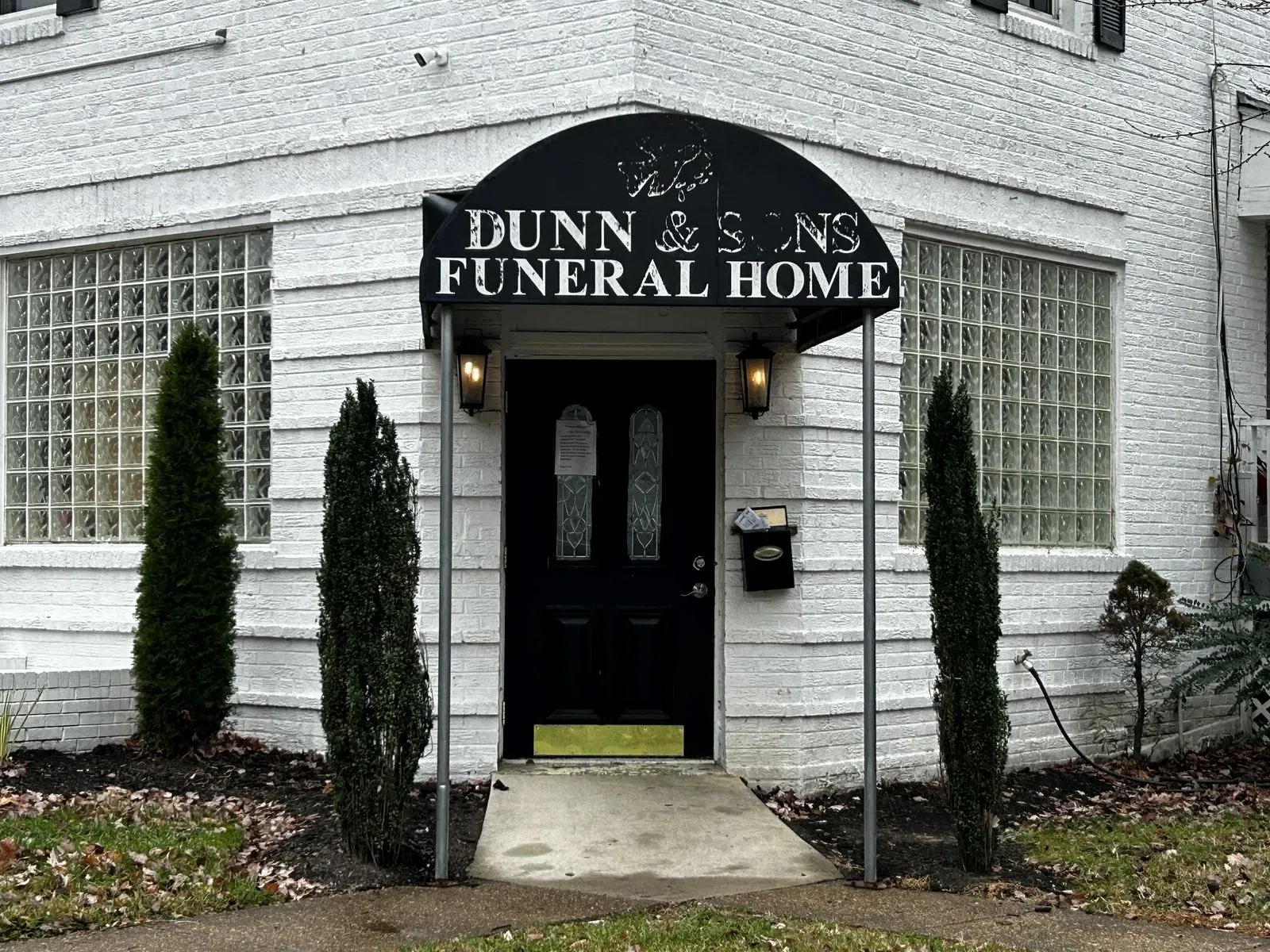
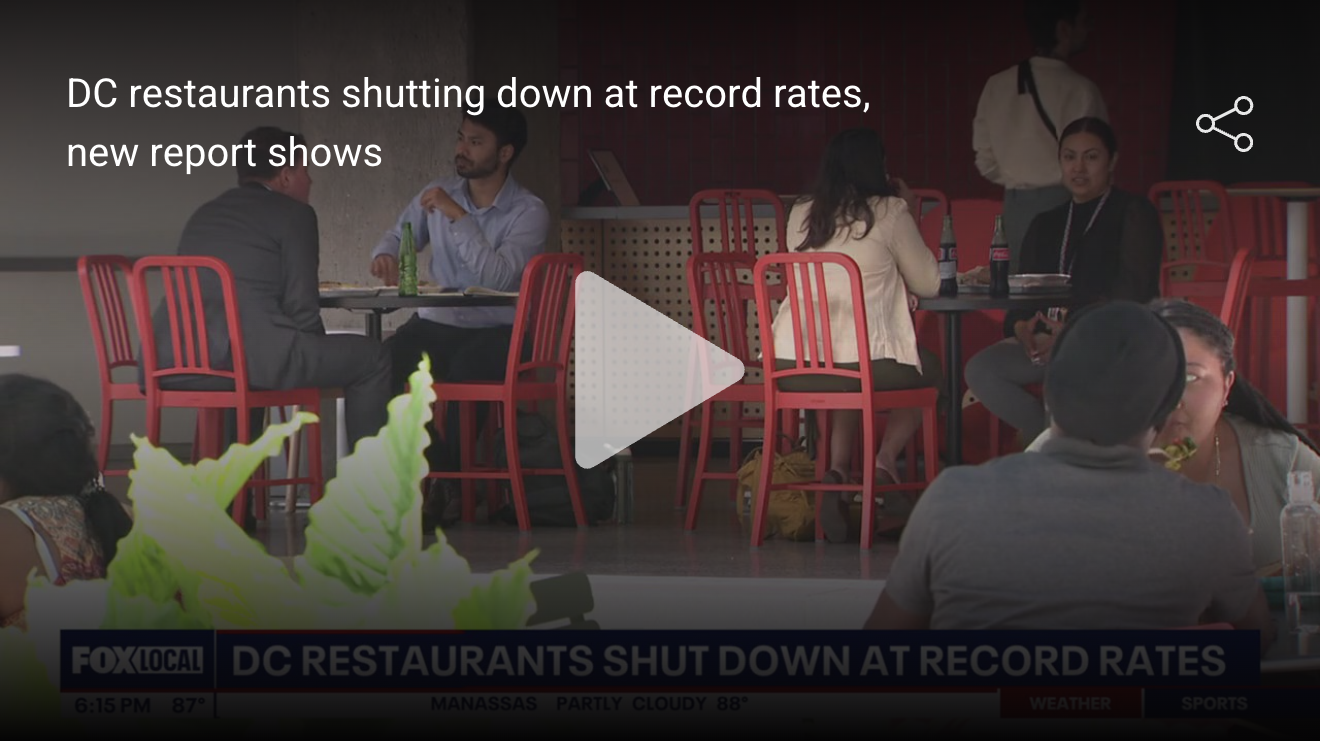
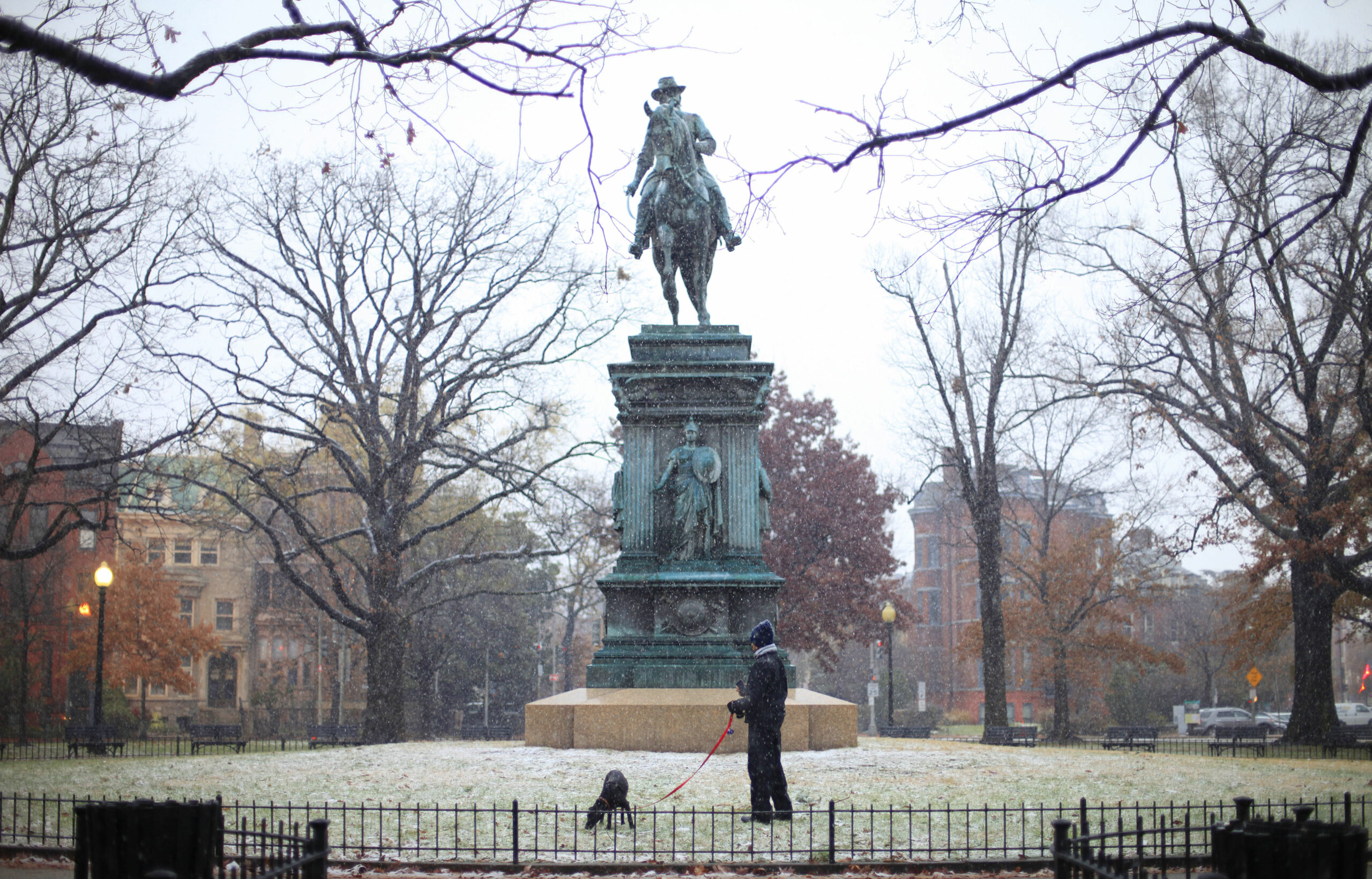
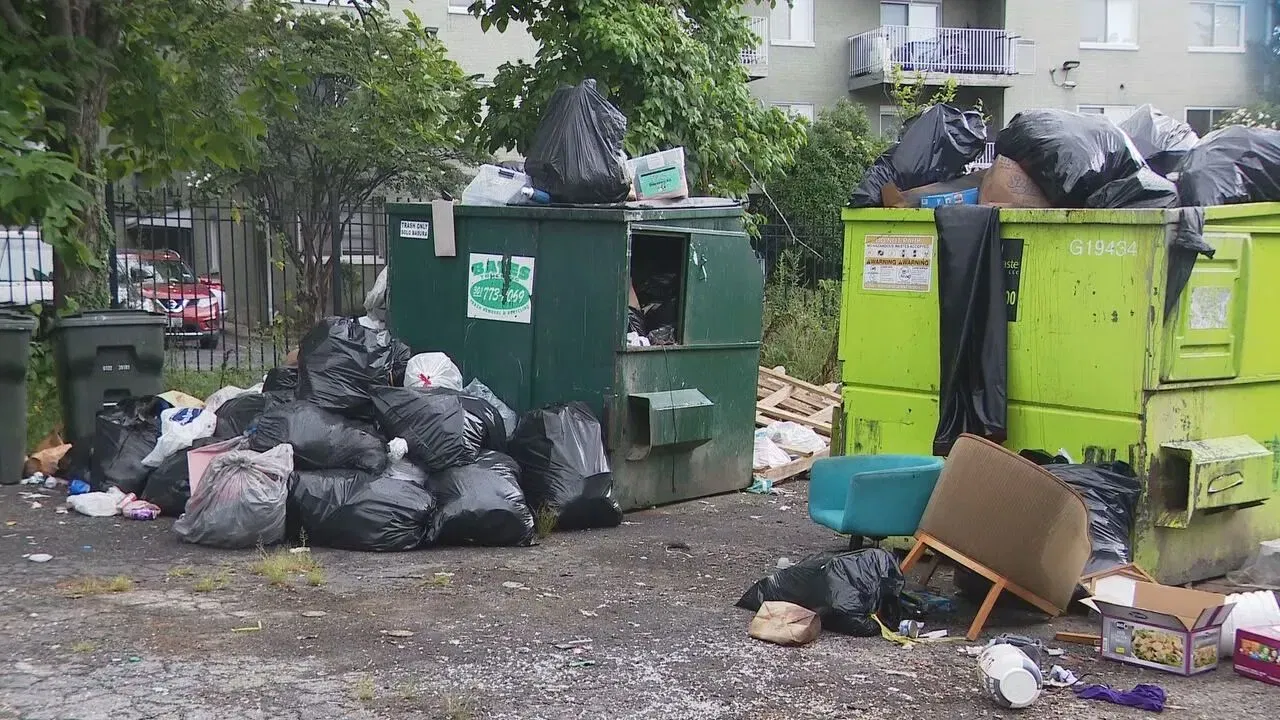
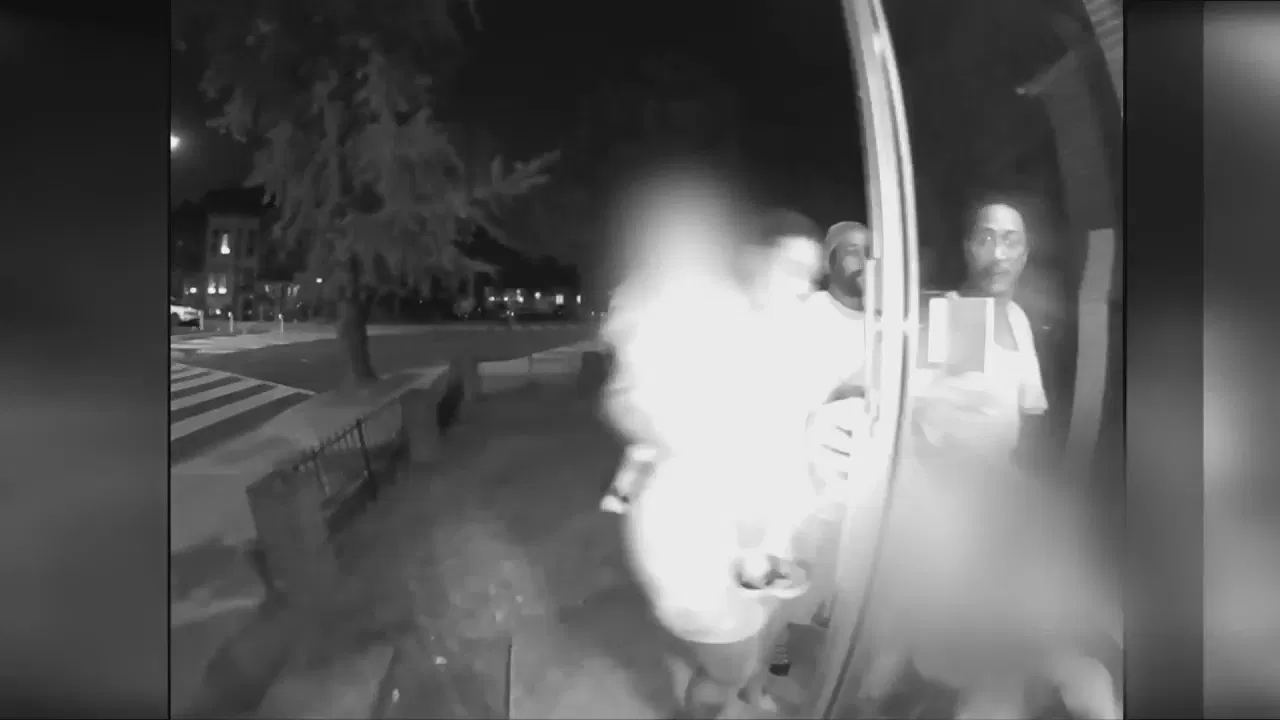

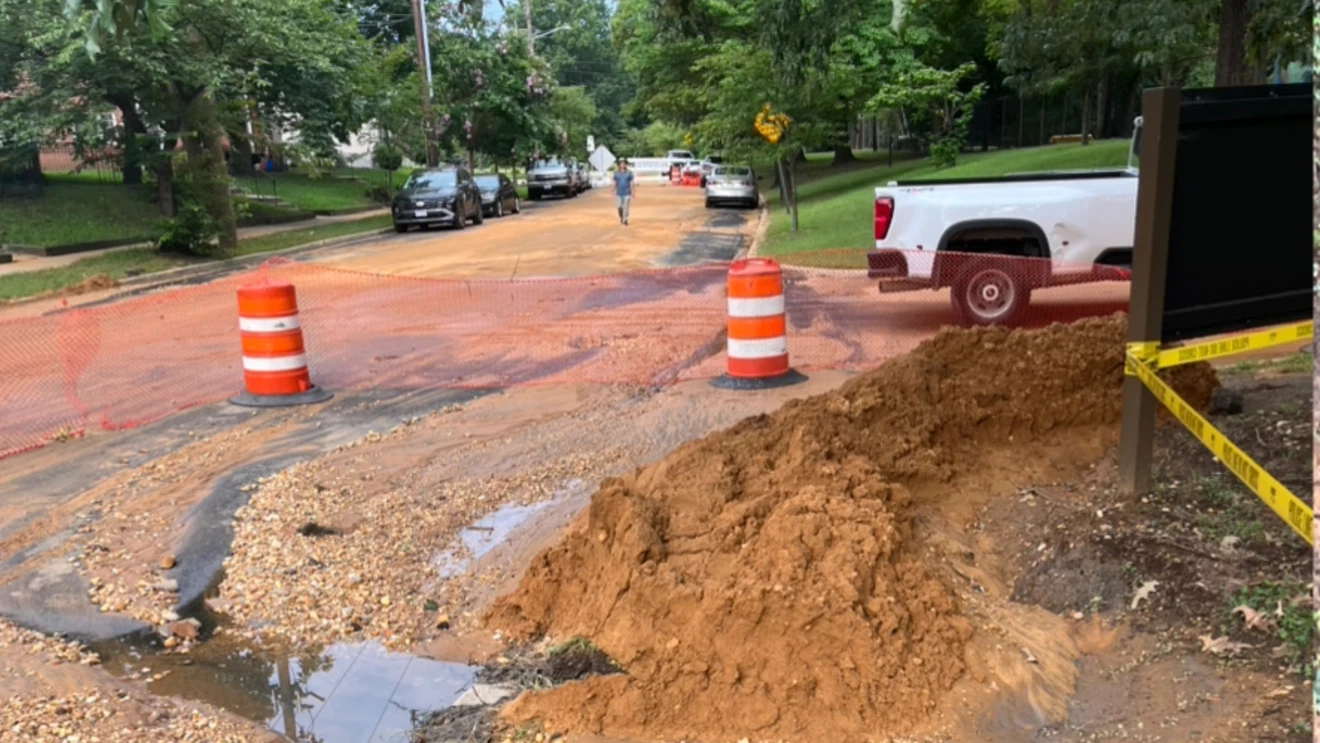

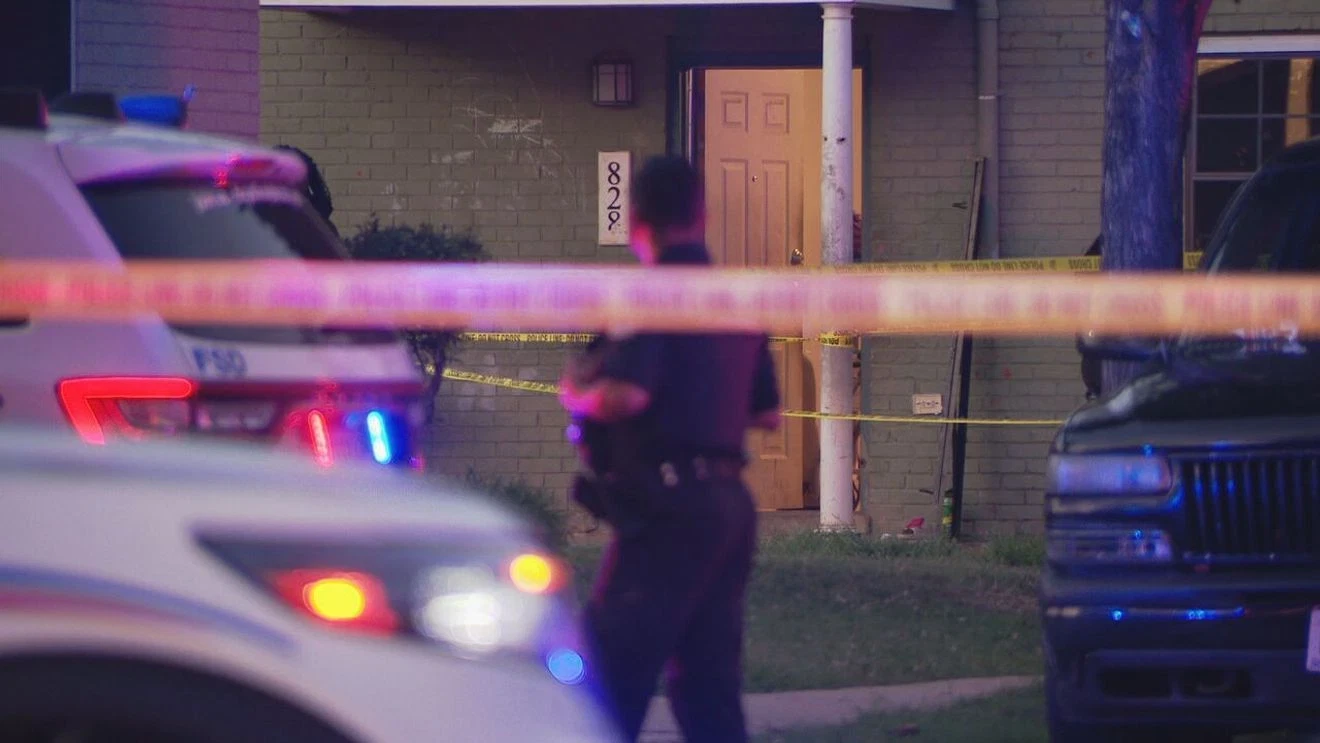





Leave a Reply